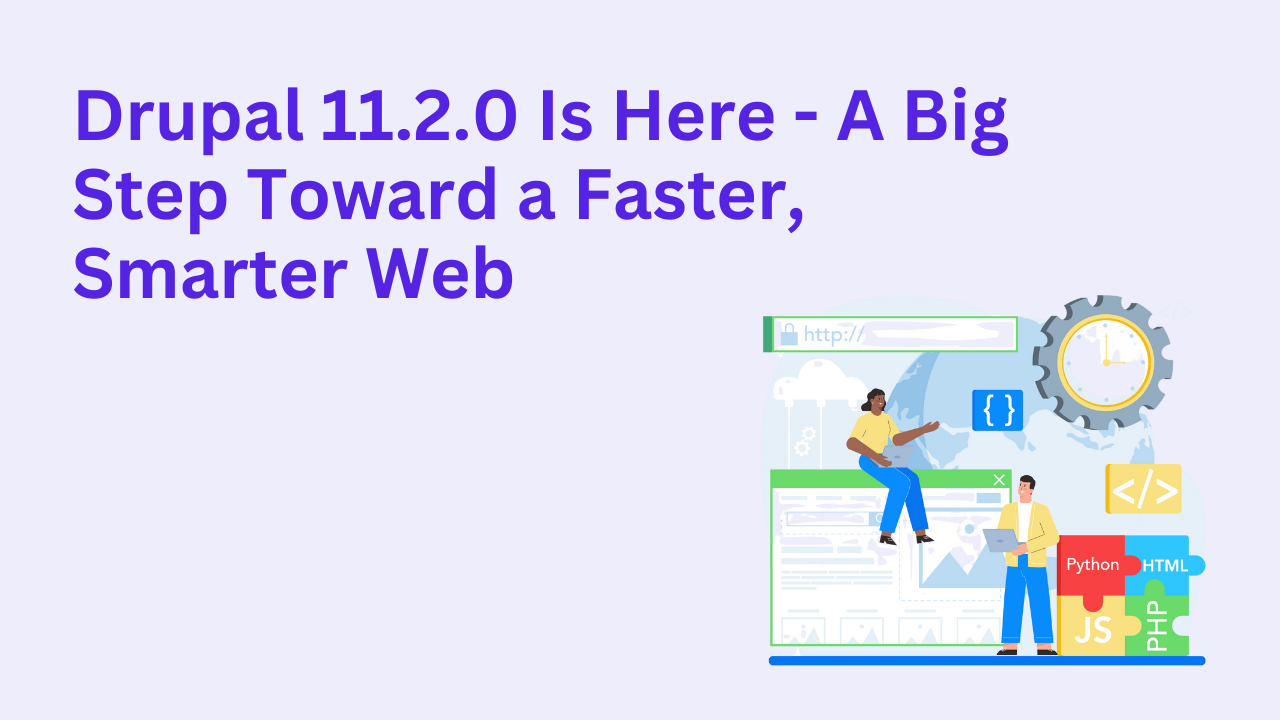Why We Recommend the AdvAgg Module for Faster Page Load Times

If your Drupal site is slow, users will bounce—and search engines will notice. Page speed isn't just a UX issue; it's critical for SEO, conversions, and user trust. One of our go-to performance tools is the Advanced CSS/JS Aggregation (AdvAgg) module. Here’s why it works so well and why we recommend it for clients looking to boost front-end speed.
What Is the AdvAgg Module?
AdvAgg stands for Advanced CSS/JS Aggregation. It enhances Drupal’s default aggregation system by minifying, compressing, and optimizing your website’s CSS and JavaScript files. This reduces the number and size of HTTP requests, making your pages load significantly faster.
What Makes AdvAgg So Effective?
Smarter File Handling: Combines and compresses CSS/JS files more effectively than Drupal core.
Supports Caching: Works well with caching layers like Varnish or CDN setups.
Granular Control: Lets developers fine-tune how assets load, defer scripts, and more.
Improves Core Weaknesses: Overrides some limitations of Drupal's default aggregation system.
Compatible with Other Speed Modules: Plays well with modules like Blazy and Image Optimize.
When to Use It
If your Drupal site has multiple themes, modules, or complex frontend logic, you’ll benefit greatly from AdvAgg. It's especially useful for:
Content-heavy websites
Media-rich platforms
Sites targeting performance-based SEO improvements
Does It Require Developer Help?
While the module is fairly user-friendly, fine-tuning AdvAgg for maximum results often needs backend expertise. Misconfiguration can actually slow things down or break layouts.
If you want professional help configuring and testing AdvAgg, you can hire Drupal developers who specialize in performance optimization.
Or book a consultation to talk through your site’s unique setup and see if AdvAgg fits your stack.
Final Thoughts
In the ever-competitive digital space, milliseconds matter. The AdvAgg module is a powerful addition to any performance-focused Drupal site. When used correctly, it can shave precious seconds off your load times—improving user satisfaction, SEO, and ROI.








